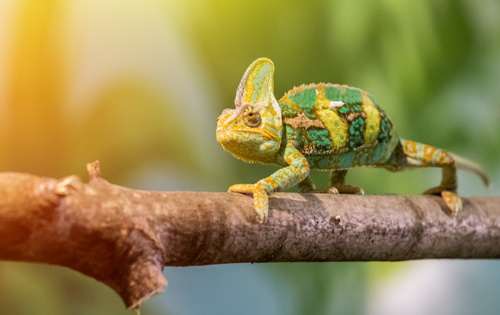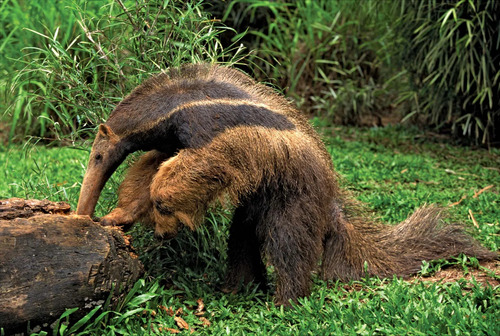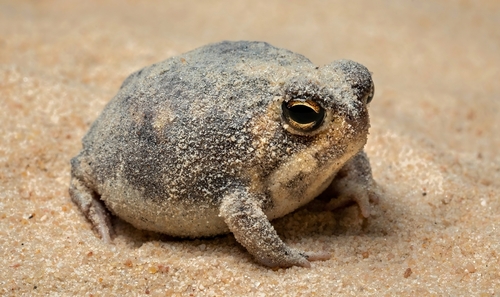In the animal kingdom, tongues serve various purposes, from aiding in feeding to helping with communication and grooming. Among the many creatures that possess fascinating tongues, some stand out due to their remarkable lengths. This article will explore animals known for their long tongues, their adaptations, and the unique roles their tongues play in their survival.
Scientific Name: Giraffa camelopardalis
Tongue Length: Up to 20 inches (50 cm)
Giraffes have the longest tongues among land animals. Their dark blue-black tongues are not only long but also prehensile, allowing them to grasp leaves and branches from tall trees. This adaptation is essential for feeding on the acacia trees, which are a primary food source for giraffes. The length of their tongues also helps protect their mouths from thorny plants.

Scientific Name: Chamaeleonidae (family)
Tongue Length: Can be up to twice their body length
Chameleons possess incredibly long, sticky tongues that can extend rapidly to catch prey. Their tongues are specialized, allowing them to project them with precision and speed. When a chameleon spots an insect, it can extend its tongue at high speeds to capture its meal, often in a fraction of a second. This adaptation is crucial for their survival, as it allows them to feed efficiently without leaving their perches.

Scientific Name: Myrmecophagidae (family)
Tongue Length: Up to 16 inches (40 cm)
Anteaters have long, slender tongues designed specifically for extracting ants and termites from their nests. Their tongues are covered in sticky saliva, enabling them to capture and consume large quantities of insects quickly. An anteater's tongue can extend far beyond its mouth, allowing it to reach deep into burrows without the need for teeth.

Scientific Name: Anura (order)
Tongue Length: Varies by species; some can extend beyond their body length
Many frog species have long, sticky tongues that they use to catch prey. Their tongues can be flipped out quickly, often in less than a second, to snatch insects and other small animals. The tongue's sticky surface ensures that prey sticks to it, making it easier for frogs to consume their food.

Scientific Name: Balaenoptera musculus
Tongue Length: Up to 16 feet (5 meters)
While not long in the traditional sense, the blue whale has the largest tongue of any animal. It weighs as much as an elephant and plays a crucial role in feeding. The whale uses its massive tongue to help take in large quantities of water and filter out krill through its baleen plates.

| Animal | Scientific Name | Tongue Length | Primary Function |
|---|---|---|---|
| Giraffe | Giraffa camelopardalis | Up to 20 inches (50 cm) | Grasping leaves from tall trees |
| Chameleon | Chamaeleonidae (family) | Up to twice body length | Catching insects |
| Anteater | Myrmecophagidae (family) | Up to 16 inches (40 cm) | Extracting ants and termites |
| Frog | Anura (order) | Varies by species | Catching small prey |
| Blue Whale | Balaenoptera musculus | Up to 16 feet (5 m) | Filtering krill from seawater |
Animals with long tongues have evolved these unique adaptations to enhance their feeding strategies and survival. From the giraffe's ability to reach high foliage to the chameleon's lightning-fast tongue for catching insects, each species showcases the incredible diversity of nature.
Understanding these adaptations highlights the intricate relationships between animals and their environments. Whether for feeding, grooming, or defense, long tongues serve essential functions that contribute to the survival of these fascinating creatures. The study of these unique anatomical features continues to reveal the wonders of evolution and the adaptability of life on Earth.
animal tags: Giraffe
We created this article in conjunction with AI technology, then made sure it was fact-checked and edited by a Animals Top editor.